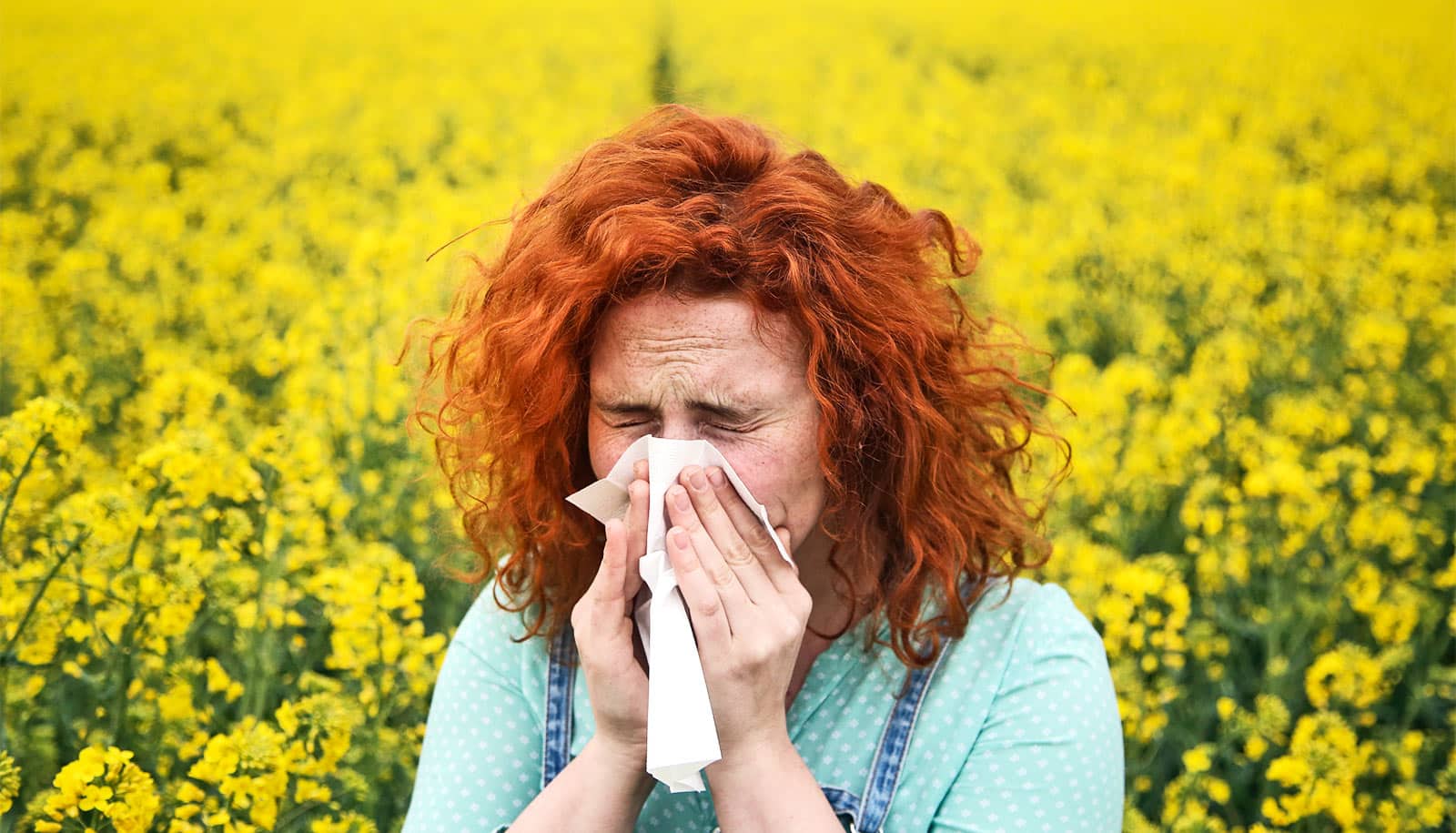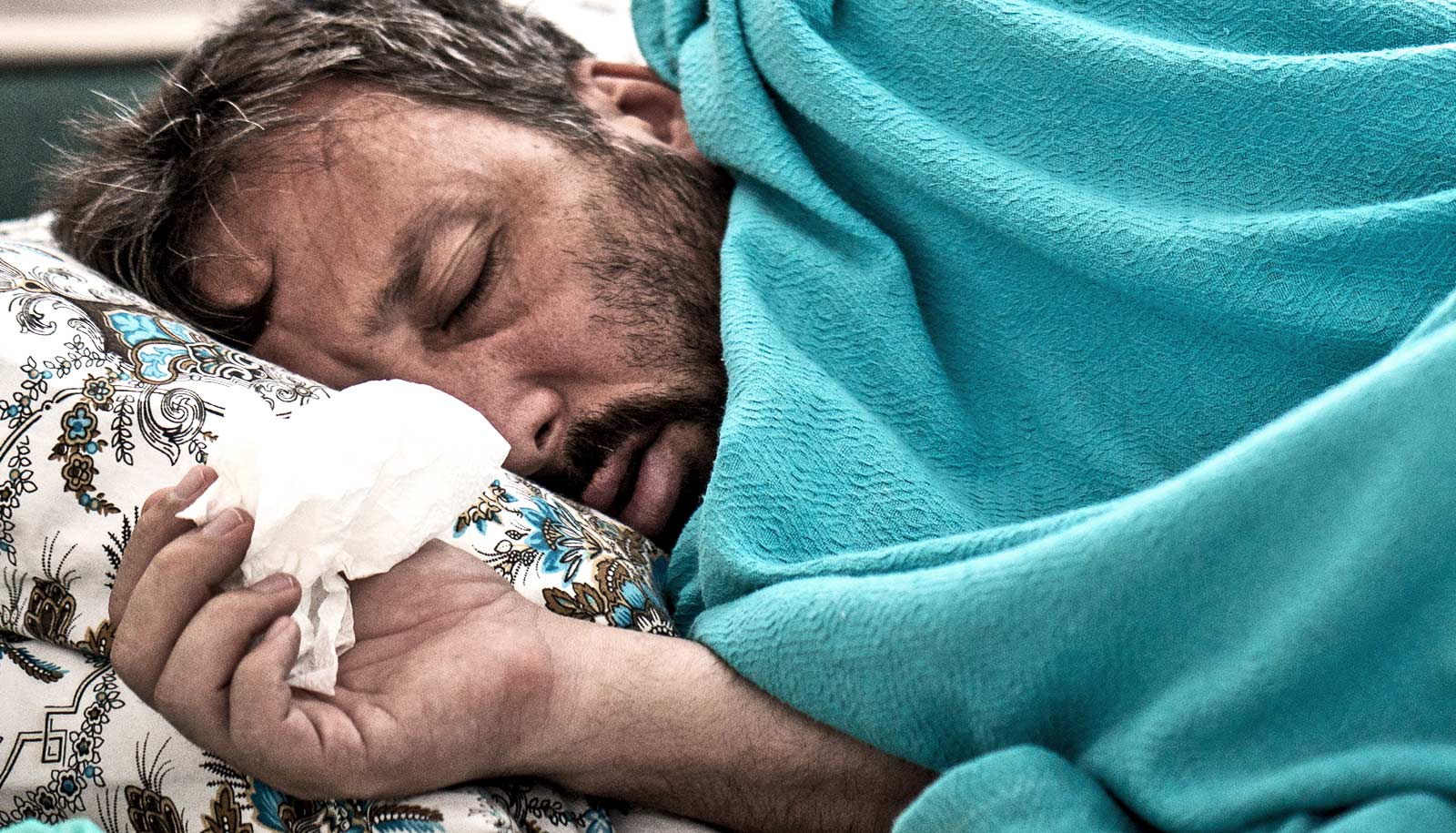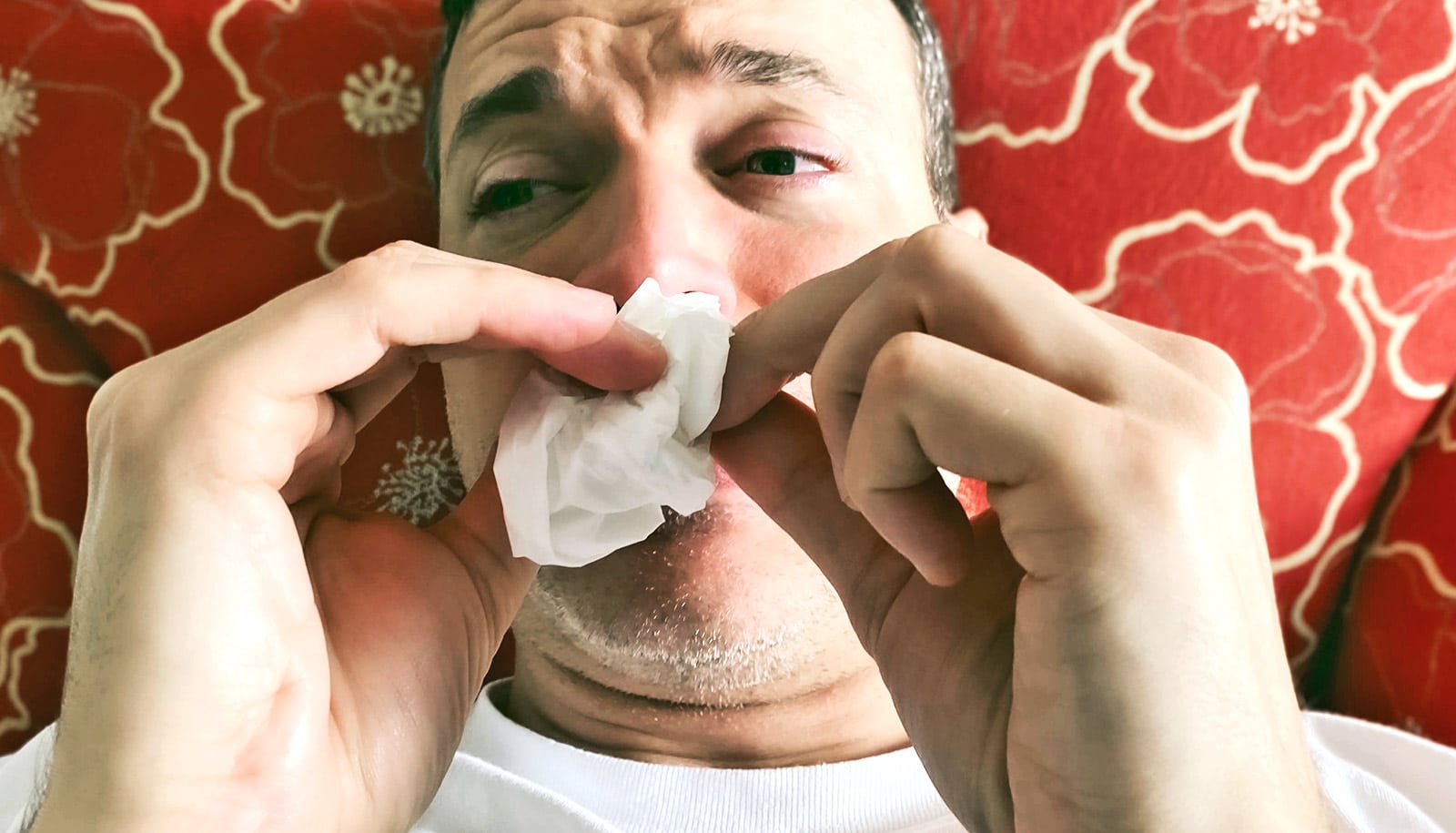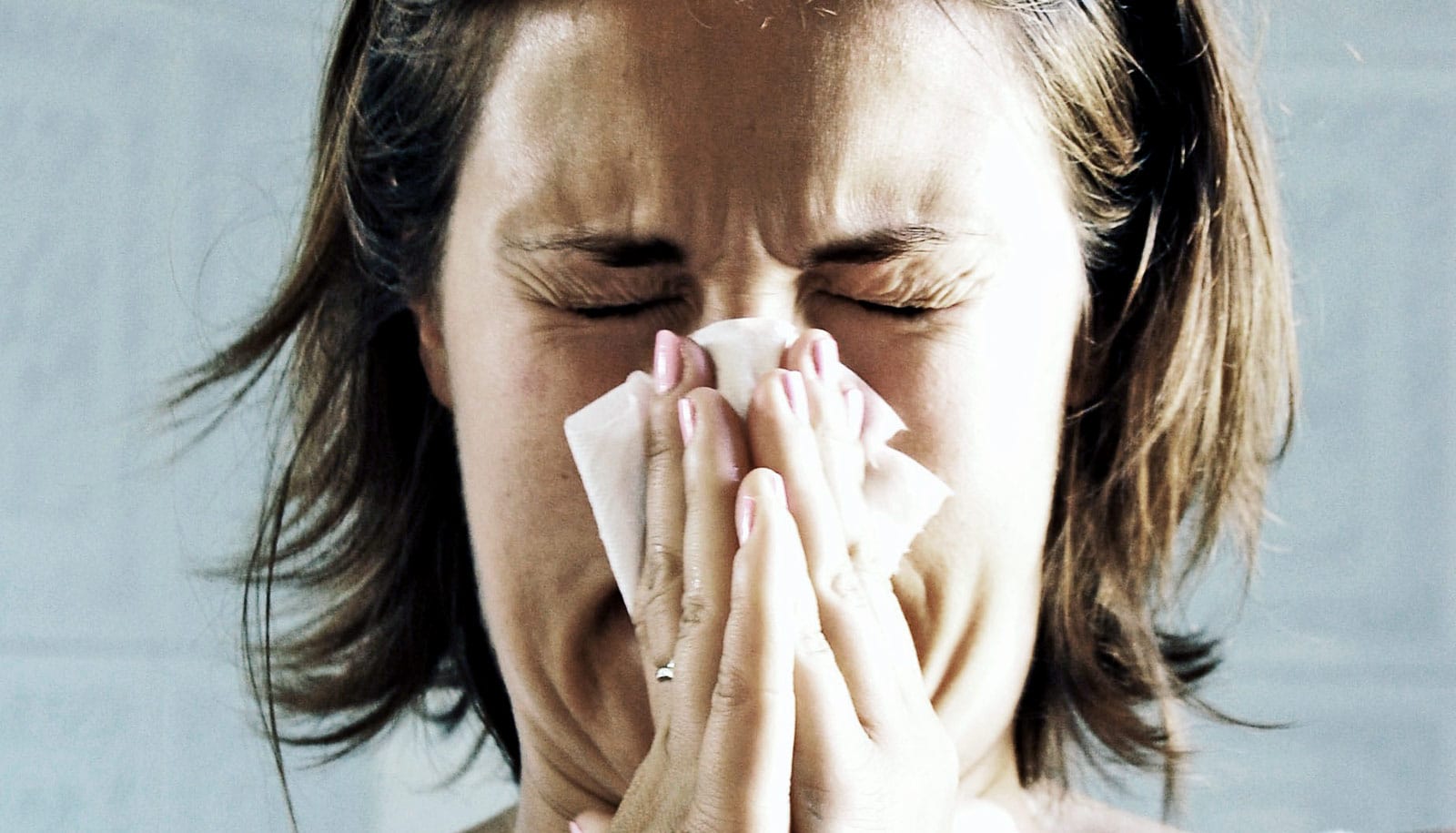An expert has answers for you about the extended duration and increased severity of seasonal allergies, and how allergies relate to climate change and COVID-19.
Summer’s arrival doesn’t cease suffering for those with seasonal allergies. Even in June, some places are reporting record-breaking pollen counts.
Here, Carlos Andres Salgado, a clinical assistant professor of pediatrics at Stanford University, explains how climate change might affect the duration of the pollen season and the seasonal allergy outlook across the US:
What’s the outlook for seasonal allergies this year across the United States? Is it worse than recent years or better?
Seasonal allergies are steadily rising in part due to increasing temperatures and storms. This year, given the record-setting precipitation in California that has led to super blooms, I’ve also seen an increase in symptoms. In my allergy clinic, I’m seeing more and more children experiencing increased symptoms this year compared to previous years.
As COVID-19 continues to be a part of our lives, in what ways does that affect allergy season?
Protective measures put in place during the COVID-19 pandemic such as masking can provide some relief. Although N95 masks are most effective, even multiple layers of cloth masks can be helpful.
Sometimes it is difficult to differentiate between symptoms of allergies versus a viral infection. The way I attempt to differentiate them include the following:
- Prior history: Does the individual have a history of similar symptoms at this time of year?
- Any GI symptoms? Symptoms of seasonal allergies don’t typically present with diarrhea or vomiting.
- Fever: High fevers are more characteristic of viral infections.
When in doubt, I encourage my patients to follow the precautions one would use if they suspect a viral infection, such as testing, as well as masking.
Is there any way to prevent seasonal allergies, and what are the best ways to address it if you feel you have symptoms of seasonal allergies?
Several therapeutic preventative options are presently available to treat seasonal allergies. These include medications for symptomatic relief such as over-the-counter antihistamines, nasal steroids, nasal antihistamines, and eye drops.
Allergy shots of subcutaneous immunotherapy (SCIT) and sublingual immunotherapy (SLIT) have more long-term success associated with it. SCIT involves routine injections, whereas SLIT involves either tablets or drops administered sublingually.
During elevated pollen for an individual’s specific triggers, I also recommend limiting outdoor activities, keeping windows and doors closed at home, masking with N95 if outdoors, and for some patients, using saline rinses and showering as soon after they come home has been helpful.
How is climate change affecting seasonal allergies in the United States?
In a study from a group here at Stanford, researchers found that temperature and drought were linked with increases in the annual average number of weeks with pollen and mold exposure, resulting in eight to nine weeks more per year from 2002-2019.
However, the changes in response to climate change vary markedly for different plant species and locations. Not all plants have had an increase in pollen quantity in response to climate change, so the impact of climate change can differ between people due to differences in their triggering allergens.
Based on historical and current trends, another study based on model projections reported that sensitization to ragweed will more than double in Europe, from 33 to 77 million people by 2041-2060, as a result of climate change.
Source: Vignesh Ramachandran for Stanford University



